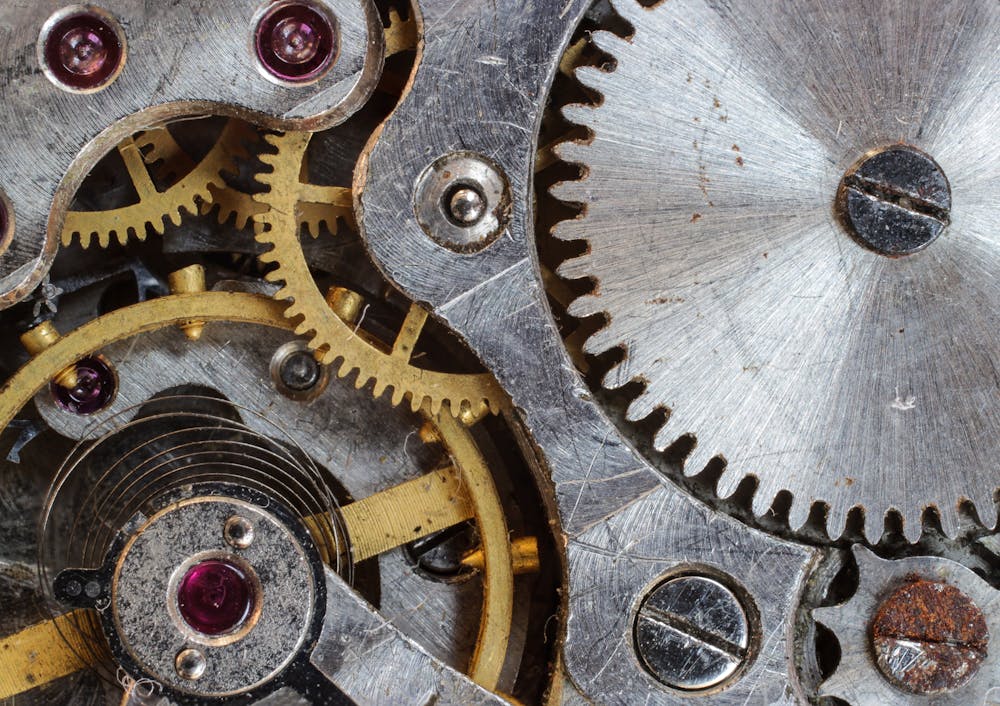Ball Bearings in Motion: Enabling Smooth Operations Across Sectors

Have you ever stopped to consider the mechanics behind smooth, effortless motion? Whether it’s the spin of a fan blade or the roll of a skateboard wheel, these everyday movements rely on a fundamental component: the ball bearing. These small, spherical objects are the unsung heroes of modern machinery, enabling frictionless rotation and playing a crucial role in countless applications.
They are ubiquitously found in everything from household appliances to industrial equipment, vehicles, and even spacecraft. Their significance cannot be overstated, as they reduce friction, increase efficiency, and extend the lifespan of the machines they support.
In this article, we will explore their inner workings, the various types available, and their diverse applications across industries.
Inside a Ball Bearing: How it Works and What to Look For
Despite their simple appearance, ball bearings have a clever design. They consist of four main parts: the inner race, the outer race, the balls, and the cage (or retainer). The inner race fits snugly around the rotating shaft, while the outer race holds everything together.
The smooth, round balls roll between the races, reducing friction and allowing smooth movement. The cage keeps the balls evenly spaced so they roll efficiently. These balls are usually made of steel, but tougher materials like ceramics are used for special jobs.
In addition, purchasing the right ball bearings can seem tricky, especially since many choices are available. To make it easier, consider purchasing them from online platforms. Here are some things you should consider to narrow down your choices and find the perfect fit.
- Load Type: Is the force pushing down (radial), from the side (axial), or a mix of both (combined)?
- Speed: How fast will the parts be spinning?
- Environment: Will the bearing be exposed to dirt, water, or extreme heat or cold?
- Lifespan: How long do you need it to last?
Types of Ball Bearings
They come in a few different styles, each with its own special talent:
- Deep Groove: These are the most popular kids on the block. They’re like the all-rounders of ball bearings, handling both up-and-down (radial) and side-to-side (axial) forces. You’ll find them in everything from skateboards to washing machines.
- Angular Contact: These bearings are the speed demons. They can handle a mix of radial and axial forces, even at high speeds, which makes them perfect for things like car engines and power tools.
- Self-Aligning: These bearings are flexible. If things get a little out of line, they can adjust and keep on rolling. This makes them handy for situations where parts might shift a bit.
- Thrust: These are the heavy lifters. They’re designed to handle forces that push straight down along a shaft, like in a lazy Susan or some types of cranes.
Applications Across Industries
These versatile components are essential for smooth movement in numerous industries. In the automotive sector, they reduce friction in wheels, transmissions, and engines. Aerospace engineers rely on them for safe and reliable operation of jet engines, landing gear, and control systems.
They are also crucial in manufacturing, facilitating the movement of conveyor belts, robotic arms, and precision tools. Additionally, they play a vital role in energy production by enabling smooth rotation in wind turbines and electrical generators.
Beyond industrial applications, they are found in everyday items like appliances, electronics, and bicycles, showcasing their versatility and widespread use.
Advantages of Ball Bearings
Low Friction: The smooth, rolling motion creates very little friction, leading to greater efficiency and less wasted energy.
High Load Capacity: Despite their small size, they can handle surprisingly heavy loads, making them ideal for applications where space is limited.
Versatility: They can handle various types of forces (pushing down, sideways, or both) and operate at a wide range of speeds.
Long Life: With proper care and lubrication, they can last for a very long time, ensuring reliable performance in the machines they support.
Maintenance and Lubrication
Just like any machine part ball bearings need a little care to stay in top shape. Keeping them clean is super important. Dirt and grime can get inside and cause them to wear out faster. That’s why it’s key to wipe away any dirt or dust you see.
Lubrication is also important. It’s like giving them proper oiling or grease to keep the balls rolling smoothly. But you have to choose the right type. Some bearings need thick grease, while others prefer a thinner oil. The type you need depends on how fast the bearing spins and the temperature it has to deal with.
Conclusion
Ball bearings are the unsung heroes of modern machinery, enabling smooth, efficient movement in countless applications across various industries. Their adaptability to diverse loads and speeds, along with their potential for future advancements, ensures that they will remain a cornerstone of engineering and design for years to come.
